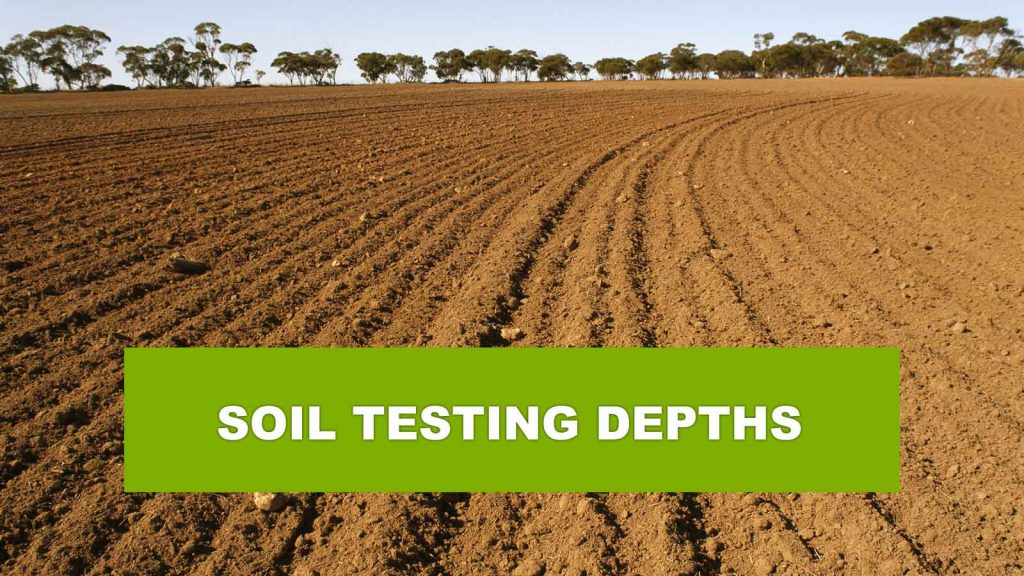
Pasture 0-10cm, Vegetable and field crops 0-15 cm, Tree and vines 0-25 cms
Collect cores of soil, by walking across the paddock from diagonal corner to corner, and then walk back from the other two corners so you have formed a big cross in your paddock. Depending on the size of the paddock you are collecting from you should collect a core sample of soil every 30 paces or
These changes will often include hills, flats and fertiliser history. For uniform soils and land use/history, one 300g sample can represent up to 100 acres (40ha) of irrigated land, or up to 200 acres (80ha) of dry land. Collect 20-30 cores per sample The traditional method for collecting cores is by following a zig zag path. Most importantly though, choose a path so you can easily sample the same path next time. This is why | always recommend collecting in a X shape, because its easy to remember ! Ideally, you should retest every year following the same path, to the same depth at the same time of year.
This way you can track changes over time. Avoid sampling patches of very good or very poor growth, e.g. near gates, troughs, livestock camps, dung or urine patches. Mix the cores thoroughly in a clean plastic bucket or plastic bag Remove any growing matter (grass etc.), mix the cores well and take a representative sample of 500 grams. Place this sample into a sealable plastic bag . Exclude as much air as possible and make sure each sample bag is labelled clearly. Samples should be sent to the laboratory as soon as possible after collection. It is recommended samples are sent to me via express post , and early during the week for prompt results turnaround.
We need to know the type of land (flat, hilly etc) the drainage of the land (poor good , average etc) the size of the land preferably in Ha, and your proposed useage or crop. We have up to 3 choices per soil test (at the same price) so “vegetables’ for example is not specific enough . But “turnips, potatoes or asian greens is.
If you have any queries regarding sampling methods, techniques or preparation please contact me to discuss prior to sample collection.
